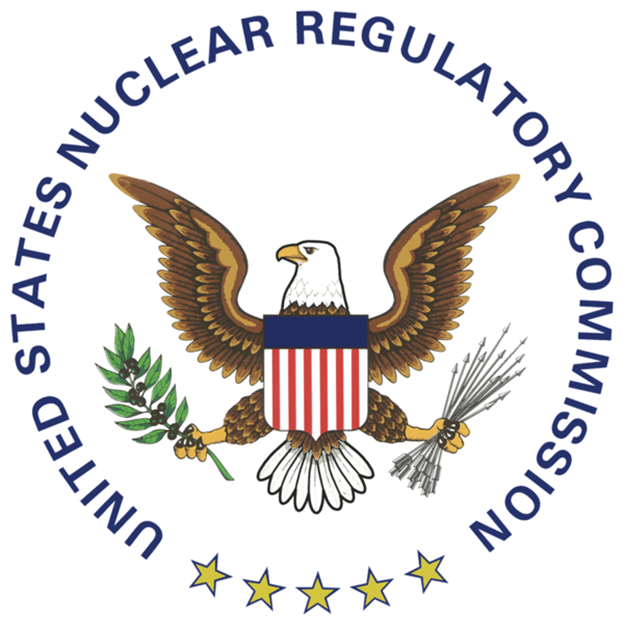Part 2 of 2 Parts (Please read Part 1 first)
6. Proposals for constructing “temporary” storage solutions
Some analysts consider consolidated interim storage sites (CIS) to be a distraction from the fact that a proven geological repository for spent nuclear fuel does not exist anywhere on Earth. The governors of Texas and New Mexico are fighting against the siting of CIS facilities in their states because they are afraid that they would become permanent radioactive dumps. Moving nuclear waste across the country to multiple CIS facilities would create the risk of radiation accidents along transportation corridors.
7. The Nuclear waste dry storage canisters that are currently in use across the U.S. are thin walled.
The U.S. canisters have walls that are from one half to five eights of an inch thick. They are unsafe for long term storage or for off-site transport. They are susceptible to short-term cracking but cannot be inspected for cracks or monitored to prevent radiation release. Other countries use canisters with walls that are ten to nineteen inches thick. They are designed to prevent cracking, can be monitored. Some canisters survived the 2011 Fukushima earthquake and tsunami.
8. The nuclear meltdowns at Chernobyl, Three Mile Island and Fukushima show just how fragile nuclear power plants can be.
There is absolutely no room for human error or natural disasters when it comes to anything connected to nuclear technology. Human civilizations come and go. Ancient empires could last over a thousand years, but recent empires have had lifetimes of only hundreds of years. The human race cannot even ensure the safety of our current nuclear reactors let alone ensure that futures societies will stay clear of our nuclear waste dumps for the next million+ years.
9. Nuclear plants are easy targets for terrorist attacks.
All nuclear plants, operating or decommissioned, are vulnerable to attacks. Dry storage canisters are stored onsite at nuclear power plants in the open in Independent Spent Fuel Storage Installations. Nuclear power plants vulnerability to malfeasance was highlighted recently by the ease with which Russia captured both the Chernobyl site and the Zaporizhzhia nuclear power plant early in the invasion of Ukraine.
10. The concept that Advanced and Small Modular Reactors (SMRs) can save the day with respect to climate change is magical thinking.
First, SMRs are a completely unproven concept. Somewhere in the neighborhood of ten thousand SMRs would need to be constructed to impact climate change in time. This would create thousands more radioactive dump sites. There would be many opportunities for both nuclear accidents from human error or natural disasters and weapons proliferation from the plutonium generated by nuclear reactors.
Getting to net zero carbon emissions by the early 2050s will require the greatest reduction in carbon emissions in the shortest time and at the lowest cost. That nuclear cannot deliver on this and should be banned is the outspoken position of the former director of the Nuclear Regulatory Commission, Gregory Jazcko.
The current support espoused by too many politicians for new nuclear power installations and their explanations for that support blatantly faulty. Every dollar misspent on a new nuclear power plant is a dollar that cannot be invested in efficiency and faster, cheaper renewables. Expanding nuclear power will retard progress on solving the climate crisis.
No matter what the misguided motivations of some politicians may be, the duty of informed citizens is to demand that they abandon the deadly pursuit of new nuclear energy and commit to shutting down our aging nuclear reactors.
